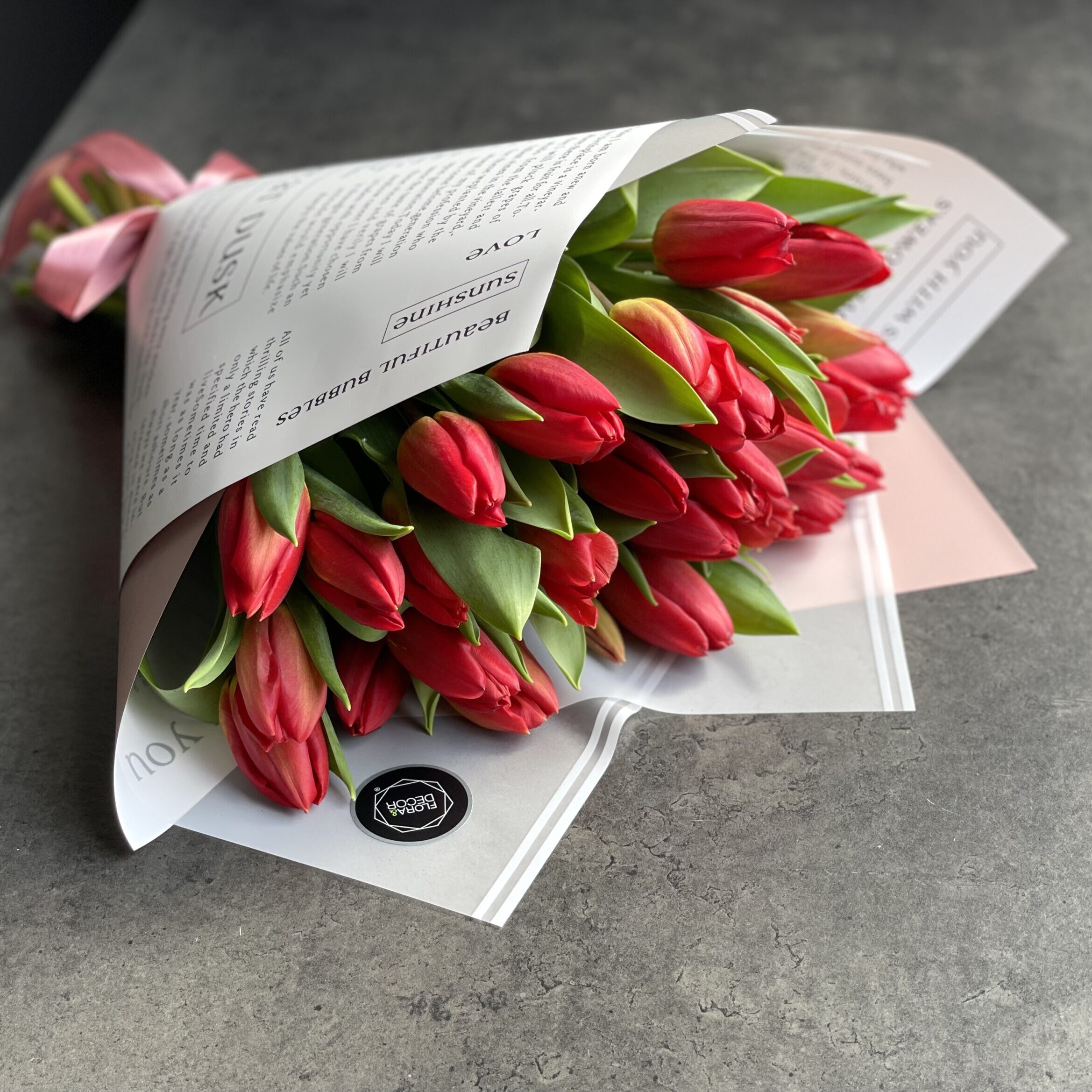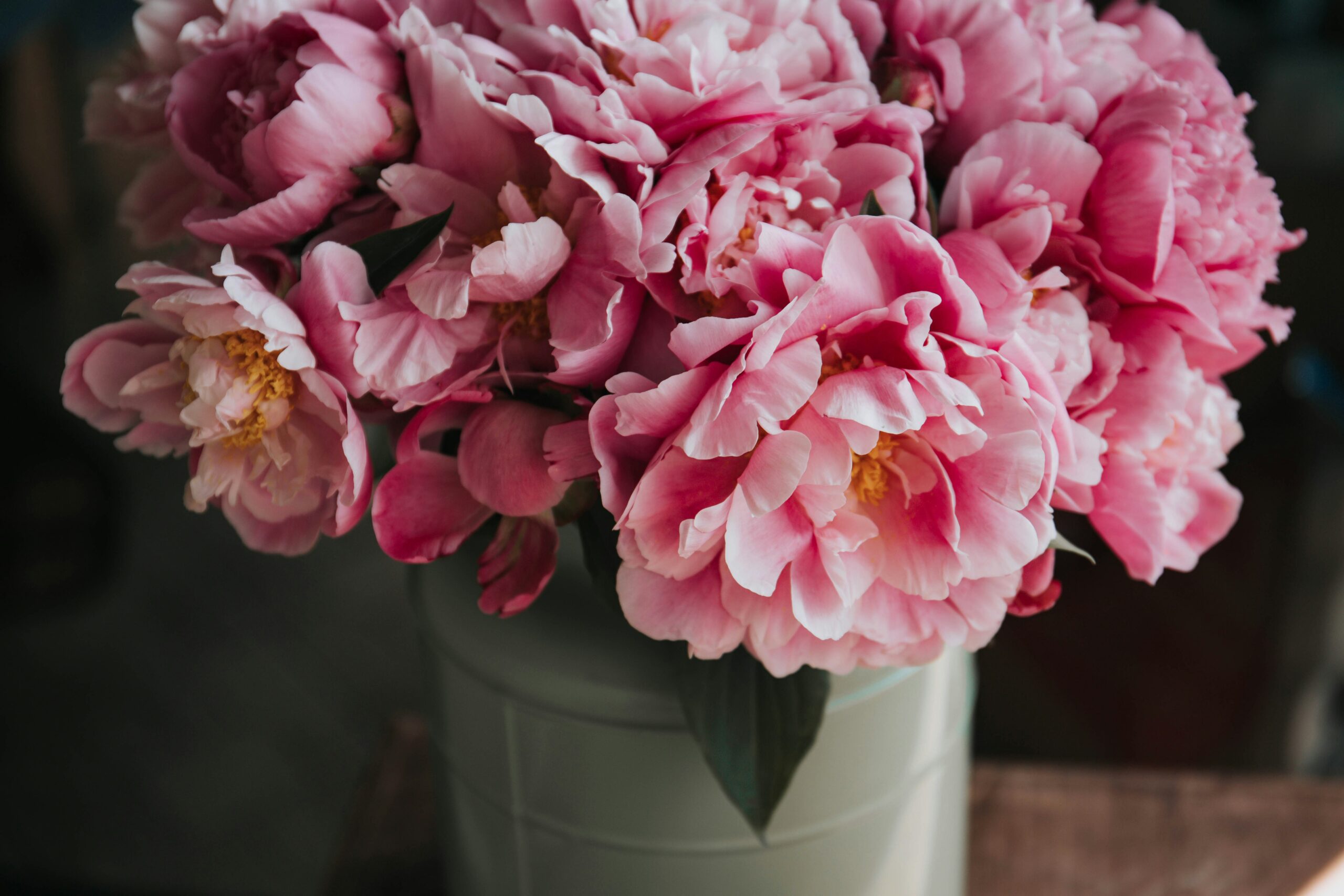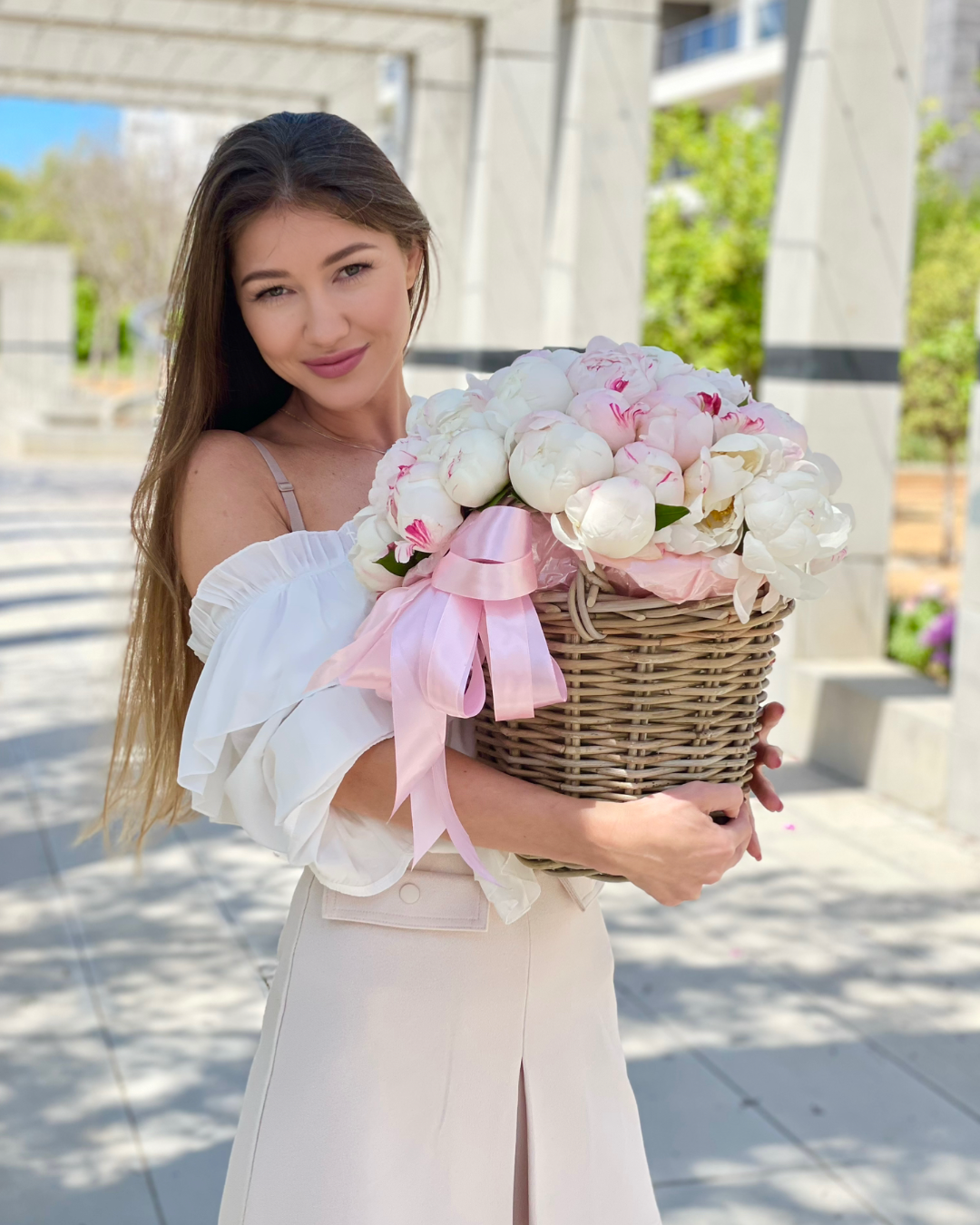The Allure of Spring: Why Flowers Matter Spring flowers hold an essential place in various cultures and traditions, encapsulating the essence of renewal as the harshness of winter recedes. Among the most celebrated spring blooms are tulips and peonies, each bringing unique emotional resonance and aesthetic beauty to our surroundings. These flowers do not merely signify the onset of a new season but also symbolize hope, love, and rebirth, making them integral to numerous cultural practices and festivities. Tulips, with their vibrant colors and elegant shapes, are often associated with love and passion. Their wide variety allows for diverse applications in gardens and floral arrangements, enhancing any landscape with vivid hues. Peonies, on the other hand, are revered for their lush, full blooms and delightful fragrance. Cultivated for centuries, they symbolize prosperity and good fortune, making them a popular choice for weddings and celebratory events. As such, these flowers play a significant role in personal and communal celebrations, marking moments of joy and reflection. Moreover, the emotional value of spring flowers extends beyond their visual and olfactory appeal. They evoke feelings of joy, warmth, and optimism as they emerge from the ground, reminding us that after every cold season comes the promise of renewal. In many societies, the arrival of spring flowers signifies a fresh start, encouraging individuals to embrace new beginnings and let go of the past. This cyclical aspect of life, beautifully illustrated through blooming flowers, enhances our appreciation of nature’s resilience, motivating us to find beauty in transitional moments. In conclusion, spring flowers such as tulips and peonies possess significant cultural and emotional importance. Their beauty not only elevates our environments but also captures the feelings of renewal and joy inherent in the spring season, promoting a deeper connection to nature and its ebbs and flows. Tulips: A Timeless Beauty for 2025 Tulips, belonging to the Liliaceae family, have captivated flower enthusiasts for centuries with their simplicity and grace. Originating from Central Asia, these charming flowers gained popularity in Europe during the 16th century, particularly in the Netherlands, where they became a symbol of wealth and status. As we look ahead to 2025, tulips continue to embody elegance, and their diverse range of colors and shapes makes them an enduring favorite in gardens and floral arrangements alike. The upcoming year will showcase exciting trends in tulip varieties, reflecting the evolving preferences of gardeners and floral designers. Hybrid tulips will dominate the scene, offering unique color combinations and unusual petal patterns. Varieties that feature vibrant hues, such as deep purples, sunny yellows, and soft pastels, are expected to gain traction, inviting creativity in landscaping and designing floral displays. As sustainability becomes increasingly important, many growers are adopting eco-friendly techniques, focusing on organic cultivation methods that enhance the natural beauty of these flowers while minimizing environmental impact. In particular, the trend of using tulips in innovative planting techniques, such as layered planting and companion planting, is anticipated to flourish. By incorporating tulips with other spring-flowering plants, gardeners can create vibrant and visually appealing displays that offer color and texture throughout the season. Furthermore, tulips will play a significant role in contemporary floral arrangements, seamlessly complementing traditional styles while adding a modern twist. Their versatility allows them to blend harmoniously into various spring décor themes, appealing to both classicists and modernists alike. As we embrace 2025, tulips will undoubtedly maintain their iconic status as a symbol of spring, ushering in a season filled with beauty, creativity, and renewal. Peonies: From Garden to Bouquets in Trends Peonies are a quintessential spring flower, celebrated for their lush blooms and intoxicating fragrance. Known for their stunning, full heads of petals, these perennial plants offer a variety of shades, from soft pastels to vibrant hues, making them a popular choice for gardens and floral arrangements alike. As we look ahead to 2025, industry forecasts indicate that peonies will continue to play a significant role in floral design, especially in weddings and special events. Cultivating peonies requires attention to several factors to ensure their optimal growth. These flowers prefer well-drained soil enriched with organic matter and need ample sunlight, ideally receiving 6 to 8 hours of light daily. They are hardy plants, often thriving in USDA zones 3-8, but they do require proper spacing and care to flourish. Regular pruning and deadheading can help maintain their health and encourage prolific blooming. It is essential to note that peonies may take a few years to establish robust roots and begin producing flowers abundantly, but the wait is well worth it. In terms of color palettes for floral arrangements, we anticipate a trend towards softer shades combined with striking contrasts. Light pinks, whites, and blush tones contrasted with deep burgundies or rich greens resonate beautifully in both bridal bouquets and event centerpieces. Integrating peonies into home gardens is also becoming increasingly popular, with gardeners blending them alongside other perennials for a striking visual impact. Professionals in the landscaping industry recommend planting peonies in groupings to create a vibrant display that enhances the overall aesthetic of a garden. In summary, as we approach spring 2025, embracing peonies for their beauty and versatility remains a pivotal trend in floral design and home gardening. Beyond Tulips and Peonies: Other Spring Flower Trends As we look ahead to the spring of 2025, it is essential to expand our floral palette beyond the beloved tulips and peonies. While these classic flowers will continue to hold a special place in many gardens, there are several emerging trends that promise to shape the future of spring floral displays. Notably, daffodils, hyacinths, and lilacs are set to gain prominence, bringing a diverse range of colors and fragrances that enhance the seasonal experience. Daffodils, with their radiant yellows and whites, have long symbolized the arrival of spring. Their ability to thrive in various climates makes them a perfect choice for gardeners looking to brighten their landscapes. In addition to their striking appearance, daffodils are also appreciated for their low maintenance requirements, appealing to eco-conscious gardeners
A Comprehensive Guide to Peony Varieties and Designs
The Allure of Peonies: Understanding Their Popularity Peonies are cherished worldwide for their captivating beauty and enchanting fragrance, establishing their reputation as a favorite in floral arrangements, particularly bouquets. One of the key factors contributing to the allure of peonies is their symbolism. These flowers are often associated with romance, prosperity, and good fortune, making them an ideal choice for weddings and special occasions. Their lush, full blooms convey a sense of elegance and sophistication, which appeals to those seeking to create memorable floral experiences. Seasonal availability further influences the popularity of peonies. Blooming primarily in late spring to early summer, these flowers offer a brief yet spectacular window for enthusiasts to incorporate them into their arrangements. The anticipation of their arrival each season heightens appreciation as florists and individuals alike prepare to celebrate their ephemeral beauty. The variety of colors available, from delicate pastels to vibrant hues, allows for versatile design options, enhancing their appeal in personal and professional settings alike. Emotional connections play a significant role in the enduring admiration for peonies. Many people associate these flowers with cherished memories, such as family gatherings, weddings, or even home gardens where peonies were lovingly cultivated by previous generations. This deep-rooted sentimental value elevates peonies beyond mere aesthetics; they evoke nostalgia and serve as reminders of joyful moments passed. Additionally, the rich history of peonies, tracing back to ancient cultures where they symbolized honor and wealth, contributes to their esteemed status today. In summary, the allure of peonies in bouquets is a multifaceted phenomenon. Their symbolism, seasonal prominence, lush appearance, and emotional resonance all contribute to their lasting popularity. As floral trends continue to evolve, peonies will remain a steadfast choice for those seeking elegance and romance in their arrangements. Varieties of Peonies: A Closer Look at Different Types Peonies are cherished not only for their lush blooms and enchanting fragrances but also for the variety they bring to floral arrangements. The primary types of peonies include herbaceous, tree, and intersectional peonies, each with distinctive characteristics that influence their suitability for bouquet designs. Understanding these varieties will assist you in selecting the perfect peony for your floral needs. Herbaceous peonies are perhaps the most common type found in gardens and fresh bouquets. They are perennial plants that die back to the ground each winter, re-sprouting in the spring. Herbaceous peonies typically feature stunning blooms available in colors ranging from soft pastels to vibrant hues. These peonies are known for their bowl-shaped flowers which can be single, semi-double, or double. The rich texture and availability in various sizes make them a popular choice for wedding bouquets and centerpieces. Next, we have tree peonies, which are woody perennials that remain above ground year-round. These elegant blooms are characterized by larger blossoms than their herbaceous counterparts, often measuring up to 10 inches across. Tree peonies come in shades of white, pink, and yellow, offering a more subdued yet luxurious aesthetic. Their structure allows them to provide an impressive vertical element in arrangements, making them ideal for elegant and formal displays. Intersectional peonies, also known as Itoh peonies, are hybrids that combine traits from both herbaceous and tree peonies. They exhibit the best of both worlds, producing sturdy, bushy plants that maintain lush foliage throughout the growing season. Their blooms are striking, boasting vibrantly colored petals that open wide and often feature unique color combinations. Intersectional peonies are suitable for both garden settings and as cut flowers, appealing to those seeking versatility in their floral designs. Choosing the right type of peony depends on the desired aesthetic and the specific applications in different bouquet designs. From the classic herbaceous varieties to the sophisticated tree peonies and the unique intersectional options, each type offers distinctive attributes that can elevate any floral arrangement. Design Trends in Peony Bouquets: What’s In and What’s Out In the dynamic world of floral design, peonies, with their lush petals and captivating fragrances, have secured their place as a favorite among florists and brides alike. Current trends in peony bouquet design emphasize a blend of traditional aesthetics with contemporary influences. One of the most notable trends is the incorporation of seasonal foliage. Greenery, particularly varieties that reflect the season’s color palette, has become essential in bouquet arrangements, adding texture and depth to the vivid hues of peonies. Color palettes are also undergoing significant transformation. While soft pastels such as blush and ivory remain popular, bold and vibrant colors are gaining traction. Rich, jewel-toned shades like deep burgundy and vibrant coral are frequently paired with peonies, creating a striking contrast. This trend of mixing bright colors with soft shades elicits a modern appeal that resonates well with the current generation of brides, who are seeking to personalize their floral arrangements. In addition to color, the shapes and styles of peony bouquets are also evolving. Traditionally round and compact arrangements are being replaced by more organic and free-flowing designs. Asymmetrical bouquets that showcase the peonies alongside contrasting flowers, such as dahlias or garden roses, are particularly popular. Such designs emphasize the natural beauty of each flower, allowing for a celebration of individual characteristics while maintaining a cohesive look. Moreover, social media platforms have significantly influenced floral trends. Brides-to-be often turn to platforms like Instagram and Pinterest to gather inspiration, leading to the rapid proliferation of specific styles, such as cascading bouquets or floral installations for larger events. As a result, florists are adapting their techniques to meet these evolving preferences, using innovative arrangement techniques and integrating unique materials, such as non-floral elements like ribbons or feathers, to enhance the overall aesthetic. Tips for Creating Stunning Peony Bouquets Crafting beautiful peony bouquets involves a combination of selecting the right varieties, arranging them thoughtfully, and maintaining their freshness. With their vibrant colors and lush petals, peonies can serve as a focal point in any floral arrangement. To create a visually impactful bouquet, begin by choosing high-quality peonies. When selecting these flowers, look for blooms that are tightly closed but show a hint of color,
Spring Trends 2025: Peonomania
The Captivating Beauty of Peonies Peonies are more than just a beautiful flower; they hold a special place in the hearts of many women. With their lush, full blooms and vibrant colors, these flowers symbolize romance and prosperity. Women often turn to peonies for their bouquets, adding a touch of elegance to weddings and special occasions. Their fragrant aroma captivates the senses and enhances any floral arrangement, making them a beloved choice. Symbolism and Meaning Behind Peonies The allure of peonies extends beyond their aesthetic appeal. Historically, they have been associated with love, good fortune, and happiness, making them popular gifts among women. The deep meaning behind peonies resonates with many, as they are often given to commemorate significant milestones or express heartfelt emotions. From mother’s day presents to romantic gestures, peonies convey sentiments that women cherish. Peonies in Floral Arrangements Peonies are versatile flowers that can be easily incorporated into various floral arrangements. Women love to combine them with other blooms for stunning effect. Whether in a lush garden bouquet or a simple vase at home, the presence of peonies elevates the overall aesthetic. They are also favored in bridal bouquets, thanks to their classic look and rich symbolism. The combination of beauty, fragrance, and meaning makes peonies a staple in many women’s lives.



